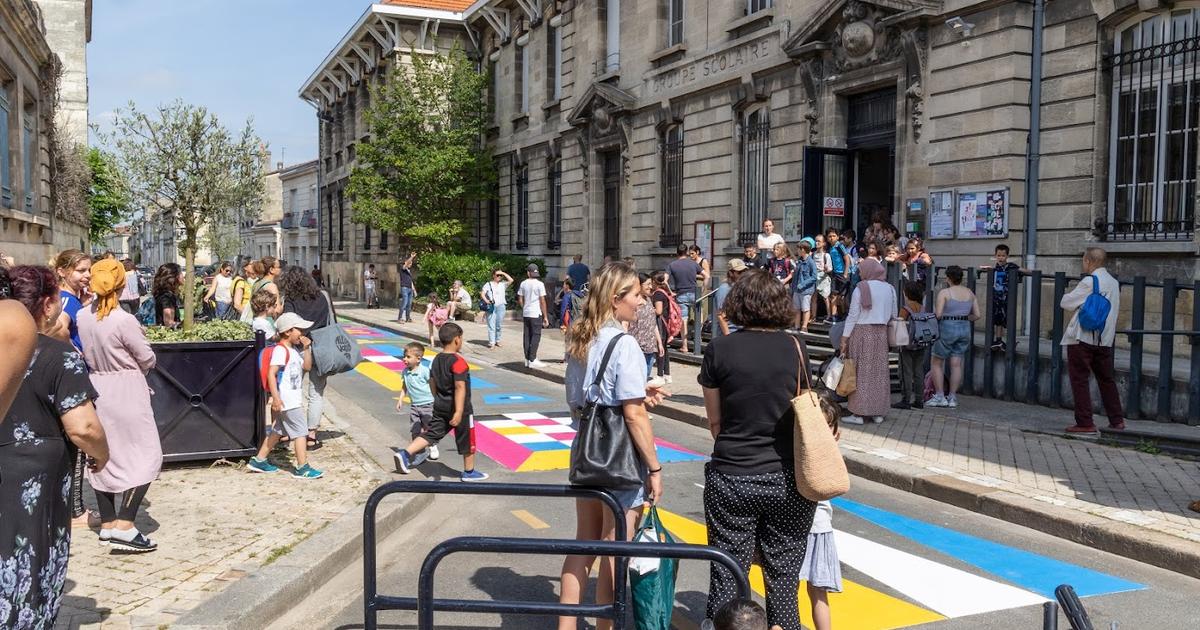Enlarge image
Tree near the Berlin Tiergarten (symbol picture)
Photo:
Abdulhamid Hosbas / Anadolu Agency / Getty Images
The city of the future will be green - the planners are sure of that.
More natural areas should not only give the urban spaces charm, but also fulfill important functions in the face of climate change.
For example, rainwater is supposed to seep away in so-called sponge cities.
Scientists from the University of ETH Zurich have now looked at how these oases should ideally be designed. They come to the conclusion that trees in the city provide more cooling than green spaces. However, this is not only due to the fact that the plants provide shade. The larger chilled young effect is mainly caused by evaporation, writes the team led by the German geoecologist Jonas Schwaab. In urban green areas with lawns or flowers, the cooling effect is two to four times less than in areas with trees. "During the day, parks with trees all over Europe have a significantly higher cooling effect than parks without trees," says Schwaab.
In contrast to other studies on the influence of vegetation on temperature, the researchers looked at a large region.
They evaluated data on 293 European cities in order to see the influence of vegetation on temperatures at different latitudes.
These included 36 German cities, from Lüneburg to Passau.
The surface temperature measurements were taken from satellites.
The study was published in the journal "Nature Communications".
The difference between green spaces with and without trees can therefore be clearly seen in all European regions.
One of the reasons for this is that deep roots allow trees to absorb and evaporate more water.
Especially during hot and dry periods, trees have a greater cooling effect than green areas without trees.
The temperature difference is particularly large between tree areas and built-up areas.
In Central Europe, for example in Germany, Switzerland, Austria, the Netherlands or Belgium, areas overgrown with trees are eight to twelve degrees cooler, said Schwaab.
He emphasizes that these are surface temperatures; in air close to the ground, the temperature difference is significantly smaller.
In southern Europe, the difference between tree areas and built-up areas is smaller, as Schwaab said.
One of the reasons for this is that the soil there is less moist than in Central Europe and that trees tend to evaporate less as a result.
In contrast, the cooling effect through shadows is more pronounced in more southerly regions.
Only when the trees are watered are the effects of evaporation correspondingly great again.
However, the study does not allow precise comparisons between individual cities and their influence of greenery on temperatures, says Schwaab.
For this, more precise measurements would have to be made in individual city districts.
According to the study, the underlying information about the tree population did not include individual rows of trees or scattered trees.
The satellite measurements were also practically only carried out under a cloudless sky.
joe / dpa















